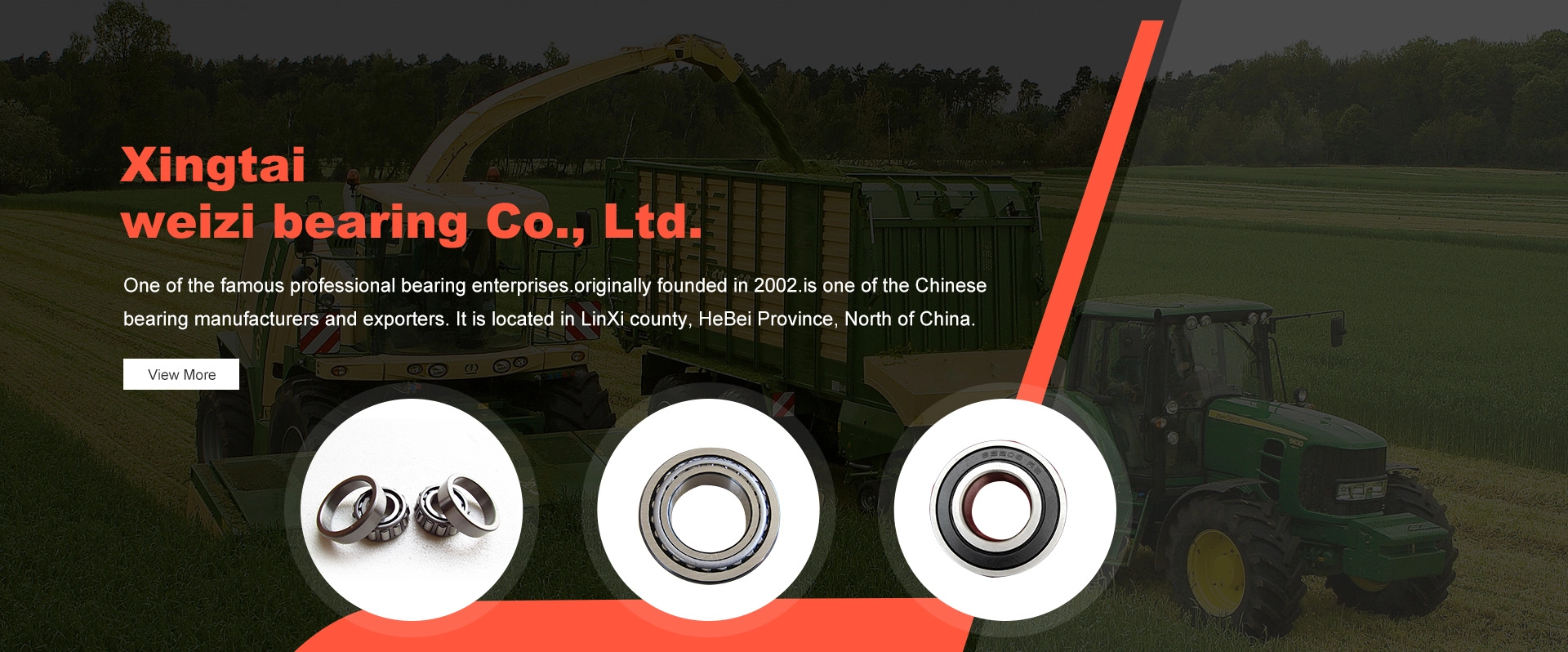
Nov . 24, 2024 19:30 Back to list
Understanding Deep Groove Ball Bearing Designations and Their Implications for Performance and Application
Understanding Deep Groove Ball Bearing Designation
Deep groove ball bearings are a fundamental component in various mechanical systems, providing support and enabling motion with low friction. Their design and construction allow them to handle both radial and axial loads effectively. One key aspect of deep groove ball bearings is their designation, a system that conveys essential information about their specifications, dimensions, and materials. In this article, we will delve into the intricacies of deep groove ball bearing designation, enabling better understanding and selection of these critical components.
The Basics of Bearing Designation
Bearing designation systems vary among manufacturers, but most are based on standardized frameworks. Typically, a deep groove ball bearing designation consists of a series of alphanumeric characters that provide insights into the bearing's size, type, and additional features. Understanding these designations is crucial for engineers, technicians, and mechanics working with rotating machinery.
1. Basic Designation The first part of the designation usually indicates the type of bearing. For deep groove ball bearings, this is often represented by the letters 6000, 6200, or 6300, where the first digit indicates the basic type. For instance, bearings starting with 6 are generally deep groove ball bearings.
2. Size Code Following the initial letters, the next two digits indicate the bearing's size. This size code corresponds to the bearing's bore diameter, outer diameter, and width. Generally, the size code provides a systematic approach to identify the dimensions of the bearing quickly. For example, a 6203 bearing has a bore diameter of 17 mm, an outer diameter of 40 mm, and a width of 12 mm.
3. Suffix Codes The designation may continue with suffix codes that provide vital information about the bearing's design features. These suffixes can denote specific characteristics such as the bearing's internal clearance, seal type, and material. For instance, a designation ending in ZZ indicates the presence of metal shields, while RS denotes rubber seals.
deep groove ball bearing designation

4. Special Features Moreover, certain suffixes may specify features like increased load capacity or special materials. For example, C3 indicates a greater internal clearance for better performance at higher speeds or temperatures. Similarly, a designation with P5 suggests a higher level of precision.
Application-Specific Designation
In some cases, manufacturers may incorporate additional letters or numbers into the designation to specify that a bearing is designed for particular applications. For example, E may signify a series of bearings suited for higher load capacities, while V could indicate dimensions that adhere to specific international standards.
Selecting the Right Bearing
When selecting deep groove ball bearings, understanding the designation is tantamount to ensuring the right fit for your application. Considerations include load conditions, speed of operation, environmental factors, and desired lifespan. Consulting the manufacturer's catalog or technical data sheets is vital for obtaining accurate specifications based on the designation.
Conclusion
The designation of deep groove ball bearings is a vital aspect that provides critical information regarding the type, size, and features of the bearing. By grasping the meaning behind these designations, engineers and operators can make informed decisions tailored to their specific needs. Whether it’s selecting a standard bearing for daily operations or a specialized one for high-load applications, understanding the designation system is paramount to optimizing performance and extending the lifespan of machinery. As technology evolves and applications become more diverse, ensuring clarity and comprehension in bearing designations will remain a central concern for manufacturing and engineering professionals.
Latest news
-
Premium Deep Groove Ball Bearings | High Speed & Reliability
NewsAug.29,2025
-
Durable Scaffolding Clamps - Secure & Reliable Tube Connectors
NewsAug.28,2025
-
Common Failures in Thrust Ball Bearings and Solutions
NewsAug.22,2025
-
How Tapered Roller Bearings Can Take Shock Loads
NewsAug.22,2025
-
Angular Bearings in High-Precision Spindles
NewsAug.22,2025
-
The Impact of Misalignment on Cylindrical Roller Bearing Performance
NewsAug.22,2025
